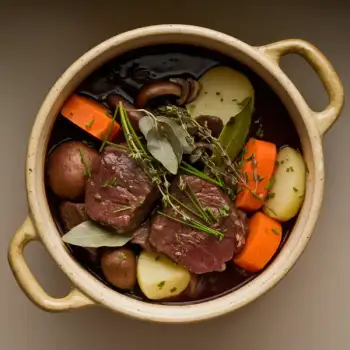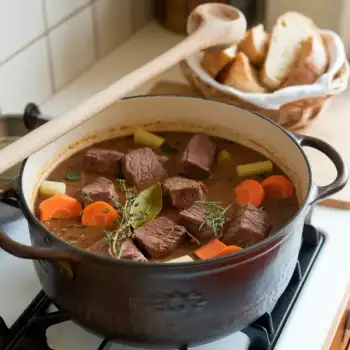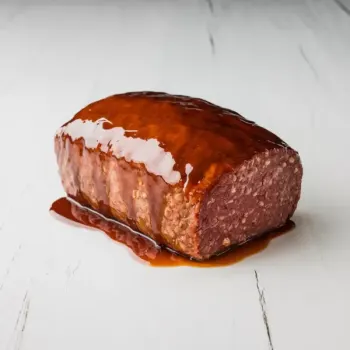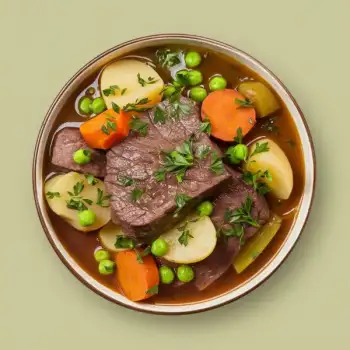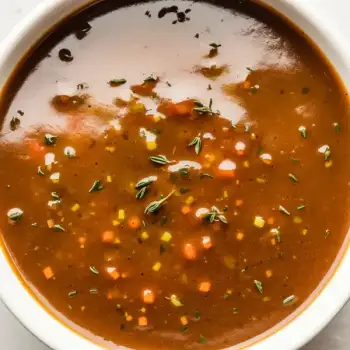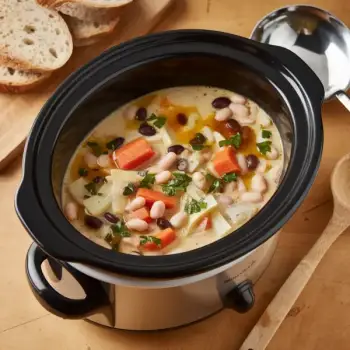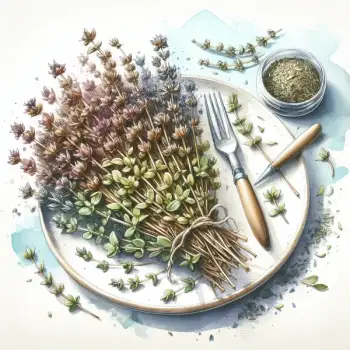


Ground
Ground thyme is powdered and can be easily sprinkled into recipes, offering a more consistent texture and flavor distribution.
Whole dried
Dried thyme is commonly found as whole dried leaves, which retain their flavor well and can be crumbled or added whole to dishes.




ground thyme: McCormick
whole dried thyme: Simply Organic

Baking: Incorporating dried thyme into breads, scones, or roasted meats is common. The dry heat of the oven works well to further concentrate the herb's flavor, making it a robust addition to baked goods.
Simmering: Dried thyme is often added to recipes that involve simmering, such as soups, stews, and sauces. The prolonged cooking time allows the flavor of the thyme to infuse into the dish.
Marinating: Dried thyme can be used in marinades for meat, poultry, or vegetables. The herb's flavor permeates the food, especially when combined with oil and other seasonings, enhancing the overall taste profile.




